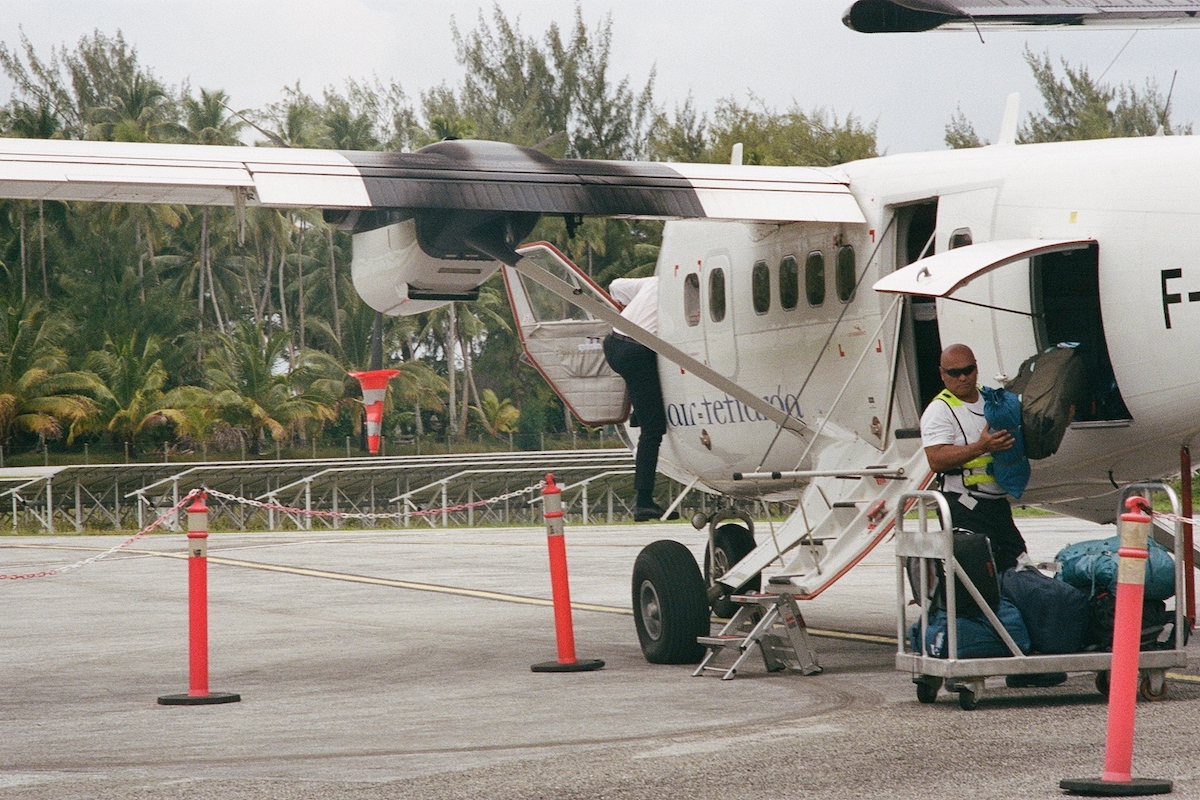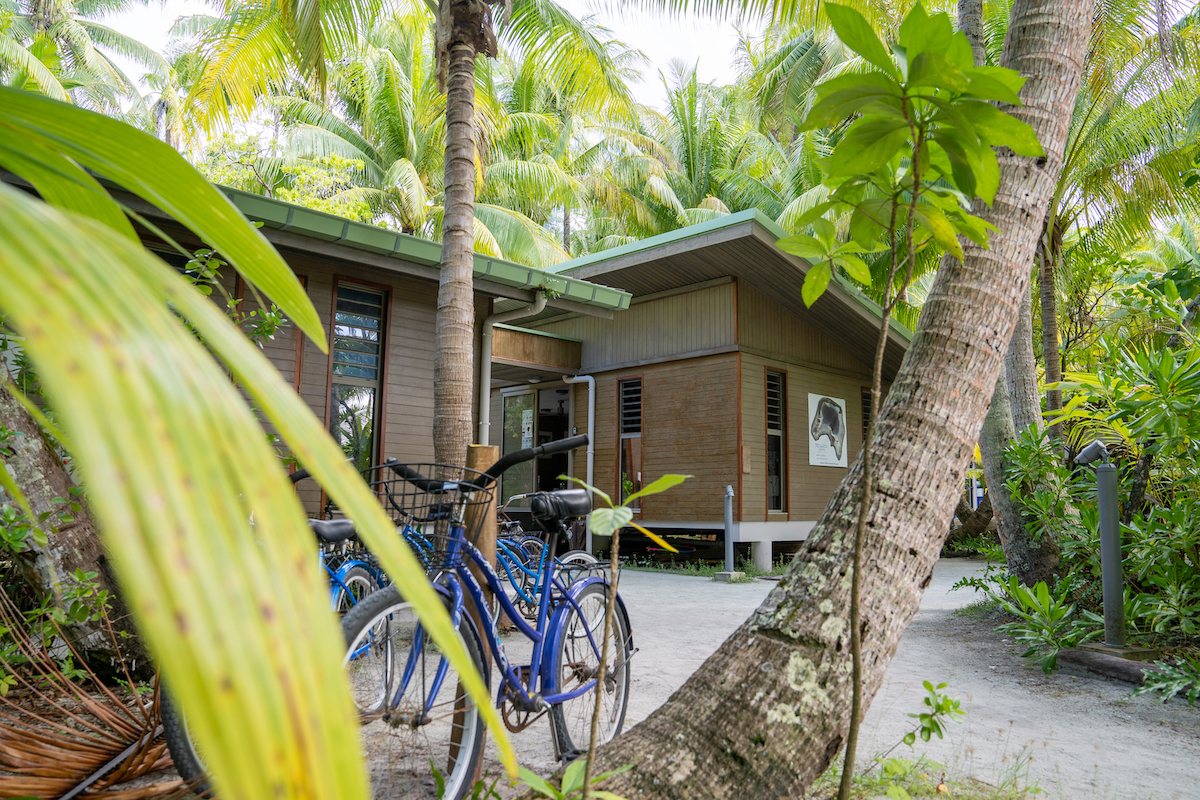
All users must review and accept the rules and procedures detailed on the User Orientation form
Gump Station follows procedures developed by the University of California Berkeley’s Environment, Health and Safety (EH&S) Office.
Please review the User Orientation Presentation prior to arrival
COVID-19
See rules and procedures during the COVID-19 pandemic
Warnings, Responsibilities and Rules
The University of California Richard B. Gump Research Station is dedicated to research and education, and consequently, these are the priorities of its staff and the sole use of its facilities. The Station is run according to an honor system. We do not constantly monitor visitors but serious breaches of trust are likely to lead to permanent expulsion from the Station.
Please remember that the facilities are shared and everyone has an equal right to their use. If you have any problems, questions, or suggestions, please do not hesitate to let the staff know. Any issues with the facilities should be posted to the Gump Repairs Log. Any safety issues should reported to a staff member immediately.
Remember that you have responsibility for your own safety.
We advise particular caution with:
- Tripping hazards such as wet and/or poorly lit areas
- The road
- Tropical sun
- Mosquito bites
- Falling coconuts
- Dock area and waterfront
- Swimming - beaches have no lifeguards and there can be boat traffic (jet skis)
The Station follows the University of California’s “NO SMOKING” policy.
Pets or adopted stray animals are strictly prohibited from Station property.
Emergency Procedures
In the event of medical, fire, or other emergency:
- Remain calm, get to safety.
- Dial 18 from the fixed line phones at reception and in the dormitory.
- Remember, the respondent might not speak English, they will ask for your name, location and the nature of the emergency and if anyone is injured, say:
- “Berkeley Gump Station” for your location.
- “Urgent. Nous avons besoin d’aide” (We need help.) for: “feu” (fire), “accident”, or “medicale”
- “Nous avons un blessé (bless-ay)” (We have an injured person.)
- Post somebody at the road to flag down the first responders.
18 connects to the Fire Brigade in the nearby village of Paopao (2KM). They will respond to any emergency (ambulance, fire, police) and will usually arrive within a few minutes.
Evacuation and Assembly Areas: In the event of fire or other emergency requiring evacuation, proceed to the nearest exit and assemble at the Parking Area in front of Reception on the hill side of the road. If this location is unsafe, assemble at the Volleyball Court on the waterfront side of the road.
Laboratory Use Procedures
All users of laboratories must acknowledge that they:
- Have reviewed all relevant standard operating procedures for laboratory work
- Are familiar with hazards of all chemicals and operations that they will be working with
- Have reviewed Safety Data Sheets (SDS) for all hazardous materials they will be working with or might encounter
- Will locate and wear all necessary Personal Protective Equipment while working in a laboratory at the Station (referring to SDS and experienced researchers). This may include gloves, lab coat, safety glasses.
- Have located safety equipment such as chemical eye wash, safety shower, and fire extinguishers
- Will will carry out work involving flammable or toxic materials in the chemical fume hood having first confirmed that it is in good working order
- Acknowledge that food and drink is prohibited in laboratories
- Will minimize production of hazardous waste, and if generated, will dispose of waste properly
Chemicals
Users must provide the Station's Operations Manager with a list of any chemicals they wish to bring to the Gump Station before their arrival including a plan for their safe use, temporary storage at the Station, and their disposal. Users must be appropriately trained (at their home institution) in the use of the chemical. Users should have Safety Data Sheets (SDS) for all hazardous materials they will be working with and bring Personal Protective Equipment required for the safe use of the chemical.
In general, all chemicals must be removed when the user leaves. For long-term projects, users must ensure that the chemicals are appropriately stored in between visits. All chemicals at the Station must be clearly and permanently marked with: (1) what they are (name and a catalog reference number), (2) date they were brought to lab, and (3) who is responsible for them. Chemicals must be stored in a suitable location. Hoods are NOT an appropriate place for long-term storage. Any chemicals not appropriately stored or managed may be removed at the user’s expense.
Personal protection required as appropriate for the particular lab used.
Users are responsible for arranging disposal of any chemicals/waste that they do not take home with them. The Station works with a local chemical waste disposal company on Tahiti and may bill users (Pass Through charge) for any expenses incurred.

